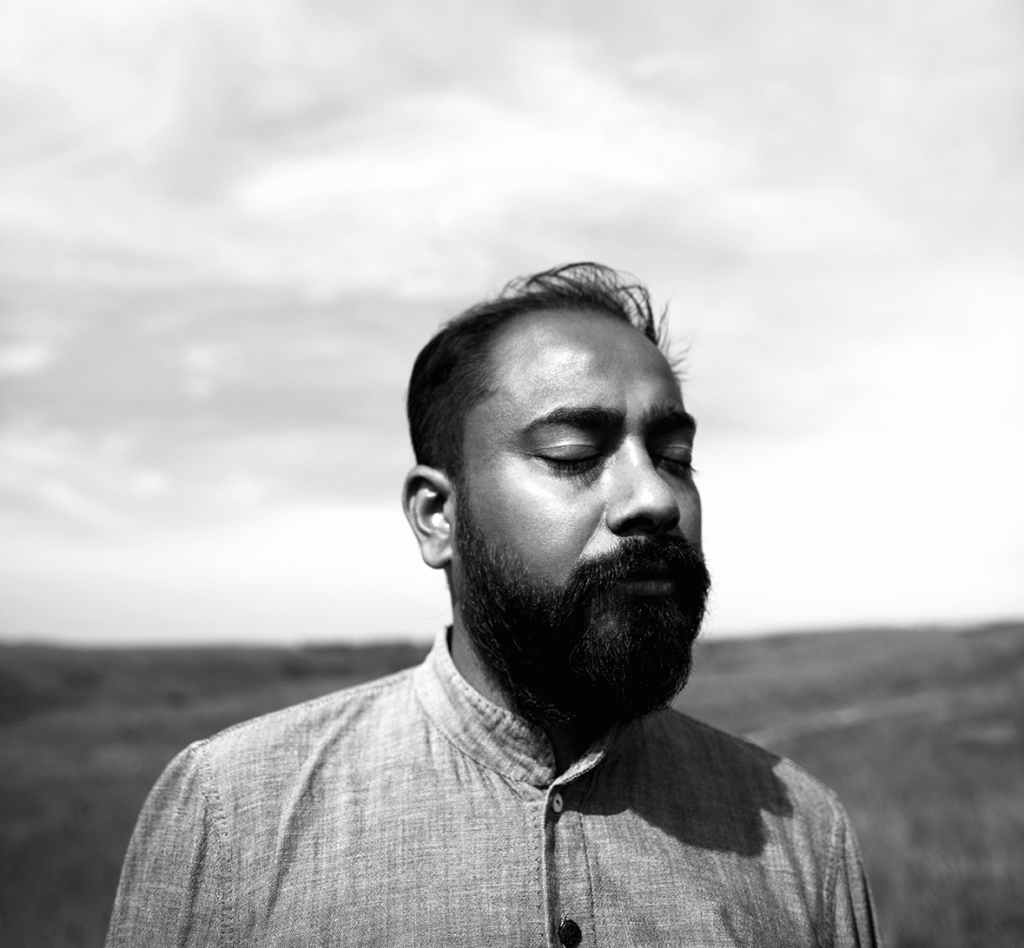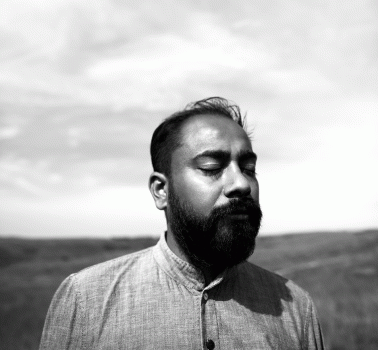Designer Sanjay Garg, who hails from a small village called Mubarikpur in Rajasthan, found his calling in traditional
aesthetics. Unlike many of his contemporaries, he draws
inspiration from India and identifies visual references from Indian artistic traditions. Raw Mango, his designer brand, is unique and rightfully represents India in her true glory and magnificence. Every garment is stitched to perfection so that it reminds you of your roots, bringing you closer to the country’s rich traditional past. Here are excerpts from his conversation with Anurima Das, as he shares his belief that fresh aesthetic is both indigenous
and modern.

Take us back to when you started out in the industry. When and how did your love affair with the handlooms begin?
The Indian Institute of Crafts and Design (IICD) in Jaipur laid the foundation for my exposure to the intricacies of design. However, it was at NIFT that I developed an eye for textile design. I then started working for Shades of India, regarded as one of India’s most creative organisation – Shades is the brainchild of Mandeep Nagi (Design Director) and David Housego (former UK journalist). Soon after that, I felt the urge to study abroad and started taking up small projects to fund my way. One such project was the government-funded Chanderi Cluster Development Programme, through which I came in contact with the weavers. This development ended my plan of going to the West. In 2008 Raw Mango was born, with the aim of adding value to and innovating on the loom. It began its journey exploring the Chanderi textile followed by the rich and intricate Varanasi brocades and Mashru.
Fashion trends keep changing. How do you keep the handloom current and exciting?
Trends come and go – it is important to not fall into such trends but maintain an organic growth. Handloom is not something that should be made out to be ‘exciting’, but should be projected as a reflection of the preservation of craftsmanship and promotion of a successful socioeconomic and sustainable environment for all.
Gandhiji believed that the future of India is in its villages. On his 150th birth anniversary year, what are your thoughts on how the handloom industry fares and how it can grow further? Do policies favour the industry’s growth? Do you find a revival of interest in handloom in India?
Gandhiji’s idea of textile and handloom encompassed the human condition and socioeconomic realities, thereby recognising the value of incorporating it in our daily lives. I believe that our handloom industry is growing in the right direction and the policies that we have in place today need to be implemented the right way and followed by all – which is something we are missing out on.
How have you catered to the varying tastes of your audiences?
I’m less interested in defining my audience at the moment and more interested in further exploring and articulating my design language that can cater to different audiences that transcend borders and seasons.
Let’s thread your journey from the weavers to the final product through your timeless collections.
As with everything, there isn’t a specific path or process that leads to a collection. The inspiration that forms my designs comes from everywhere – whether that is a painting, cuisine or the day-to-day lives in our eventful country.
If I were to break it down into a set of processes, then this would be how we approach developing a collection:
Step 1: Realisation
Step 2: Vocabulary – colour palette, motifs, art, mythology, archives
Step 3: Implementation
Step 4: Sampling
Step 5: Construction
How do you see your innovations shaping the Indian textile and fashion spheres in the time to come?
Innovations come in many forms – on the loom we have worked with the Mashru fabric that has involved major interventions to make the textile relevant again. We also brought the skill back to Varanasi and reinstated an interest for it in the weaving community.
What are your design classics that have transcended boundaries of time and place?
All of our collections are design classics that we revisit from time to time. They are not seasonal or trend-based.
You have designed for many power women of India, including leading actresses and stalwart personalities. Give us a glimpse into your experience?
The idea of one woman or a muse is an unrealistic ideal. I would hope that our designs cater to every type of woman, whether she is a celebrity or not.
Give us a sneak peek into your upcoming collection?
We are working on our summer collection that features ‘thousands of flowers’.
Your collections are both ‘ramp ready’ and ‘everyday ready’. How do you sum up your journey?
A journey that I’m still on – learning and loving.
Does handloom have the potential to become a designer’s best friend?
I do think it has the potential to be, but there are certain limitations including the lead times on handloom and the industry’s changing fashion calendar, which presents its own challenges.

Very nice